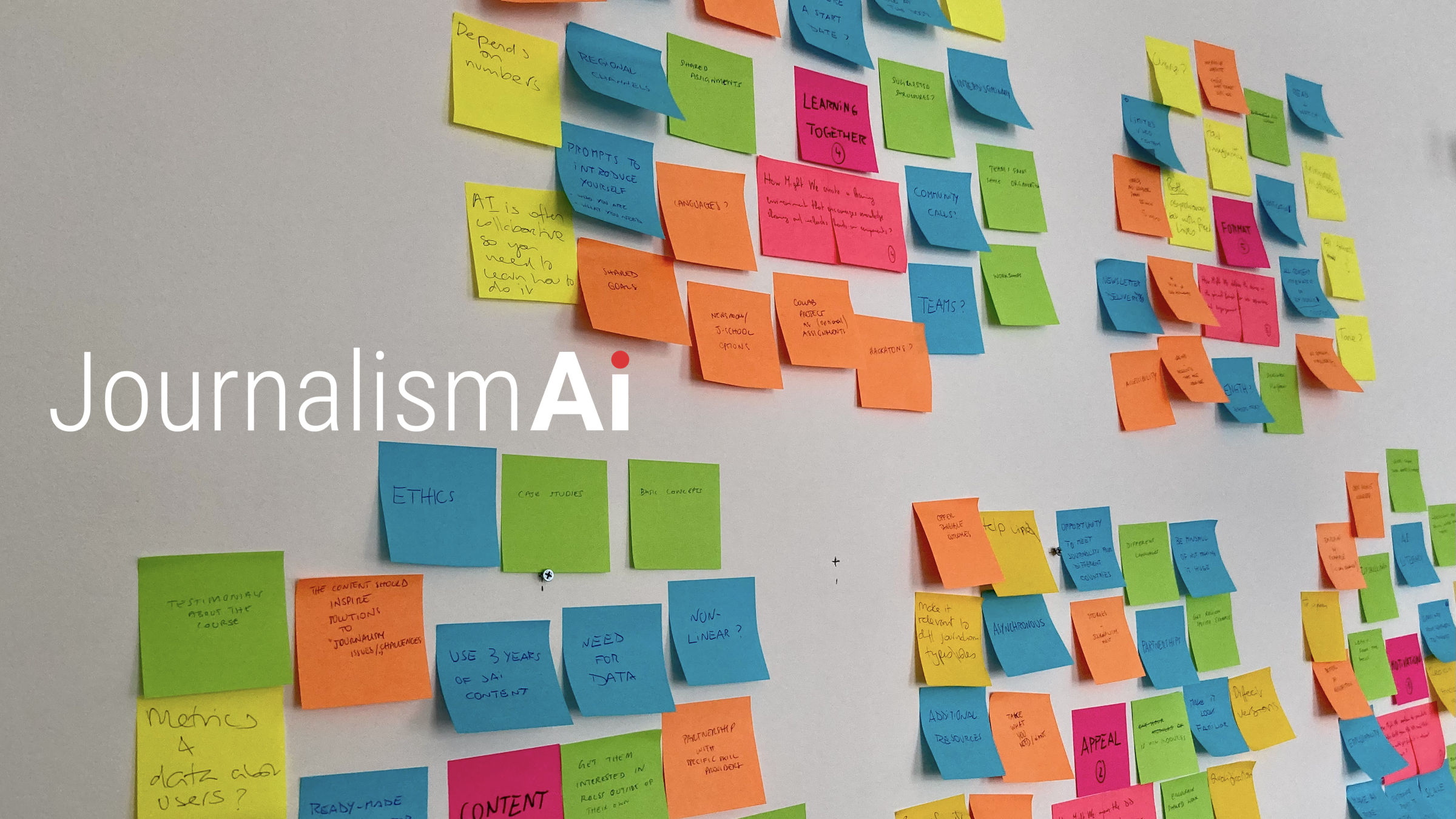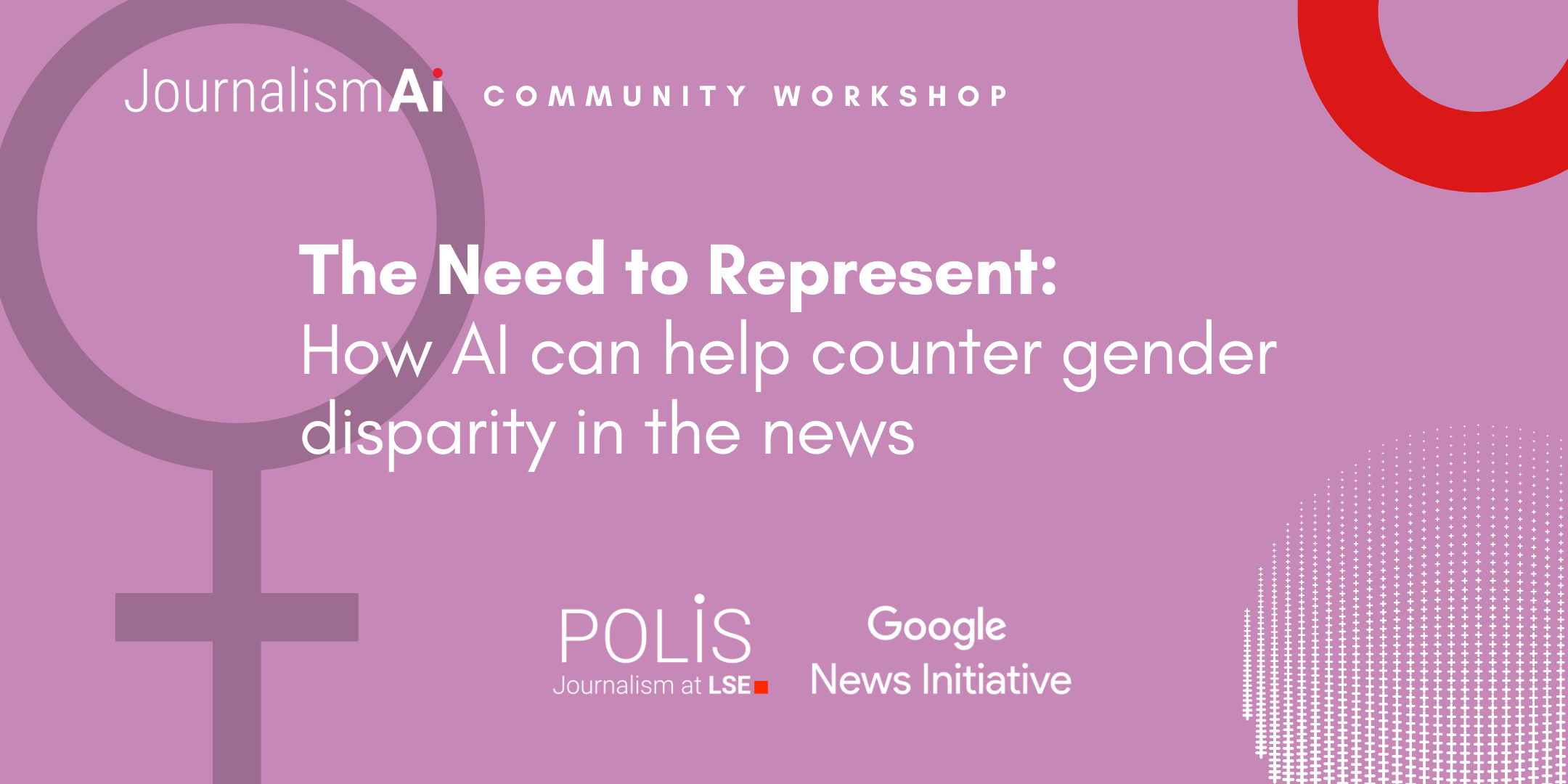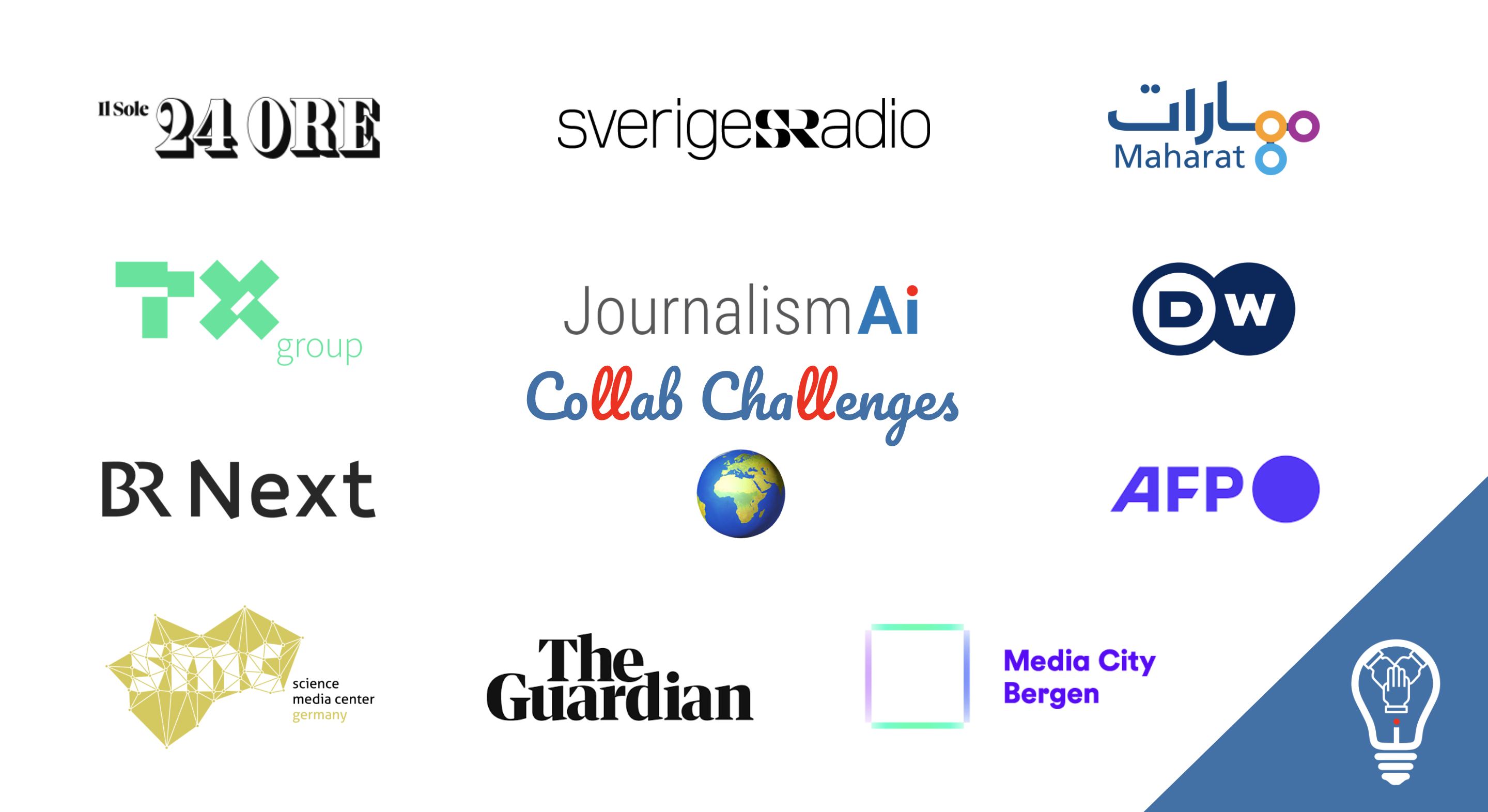Jack Clark, co-chair of the 2022 AI Index Report published by the Stanford Institute for Human-Centered Artificial Intelligence (HAI), has declared that “2021 was the year that AI went from an emerging technology to a mature technology—we’re no longer dealing with a speculative part of scientific research, but instead something that has real-world impact, both positive and negative”. The report highlights that private sector investment in AI doubled in that year.
But what about the journalism industry? Is it adopting AI at a similar pace? And what impact is AI having? JournalismAI gathered a group of news media executives from around the world in a private seminar at the International Journalism Festival to discuss their AI hopes and fears and strategies. Here’s a flavour of what they told us.
There is a real sense among digital news executives that we are in a critical phase of our relationship with AI technologies (machine learning, automation, personalisation, etc). Even the better-resourced and technologically-advanced news organisations say the news media industry is falling behind other sectors in taking advantage of AI. Their concern is that the news media will lose influence in shaping the development of AI in ways that can support journalism in the public interest. And for smaller newsrooms and news organisations in emerging economies, that gap could get wider. But there is also a lot of optimism as the benefits of AI in supporting journalism are becoming more tangible.
AI can be a useful tool for journalism, but It is vital that all journalists inform themselves about these technologies.
That is because, like climate change, AI is going to be relevant to everyone’s journalism in a world where algorithms are becoming so ubiquitous. AI literacy is now essential for anyone trying to report, analyse or investigate topics like politics, business, health or the environment. We all need to understand how data, algorithms and programming are shaping our lives.
We need better coverage of AI. We need more critical but informative and constructive reporting, not just simplistic ‘boom’ or ‘gloom’ stories. We need to use better language that demystifies and explains AI to the general public.
The news industry generally needs to improve its capabilities in this area. The main challenge is whether the news media can take advantage of the efficiency, insight and products that AI can provide. If ‘we’ don’t, then someone else will. Especially for public service journalism, there is a huge opportunity cost to not acting now.
But who builds these tools? There is no escape, AI literacy has to be built into our journalism. We need better ways to assess how AI adds value. Do we have the metrics, the design rigour and a more precise language to describe the tools and the strategy to use them?
There is a false dichotomy between ‘machine’ work and ‘human’ work. In practice it is a combination of both.
While we are having a bogus debate about ‘robots taking our jobs’ there is a real danger that someone else will do the work for us. Look what has happened to weather reporting. People can now get their weather information without any news organisation’s involvement.
On an organisational level, there is a lack of ‘imagination’ when it comes to AI strategy. People need to think about what is possible, new, creative, innovative, and not just think of AI as a faster, automated way to do what is already done. A good positive example of imagination is the way that interactive graphics have developed. They are conveying information to the reader in fresh ways that add an extra dimension to the news experience.
AI can be a powerful tool for the amplification of good journalism but we need to be both more story-centric and more audience-centric to leverage that potential. That might involve reviewing the production model. We could think, for example, of newsrooms as ‘intelligence hubs’ that provide a series of partially-automated information services to the public, rather than a linear process focused on the end-product.
We don’t always need complex AI R&D for journalism use cases. Templates and off-the-shelf software may work better for many applications. But even to use these ‘already-built’ solutions effectively, news organisations need people who understand the technology and how it relates to internal workflows. Those roles rarely exist at the moment.
We need to develop tools and systems that directly benefit the journalists. There has already been a lot of work on developing AI tools for investigative journalism but we also need AI tool kits for beat reporters, specialists and freelancers.
To get this all done we need to convince more tech people to enjoy working with journalists and on journalism challenges.
Many tech people within the news media enjoy the particular opportunities within journalism to be more creative and to serve the public interest. We should use this as a recruiting tactic.
To meet these challenges it might be that media companies need to collaborate more with each other and to develop relationships with tech companies or start-ups. One intriguing possibility is the emergence of intermediary organisations that help adapt existing AI tools for journalism.
Another interesting development is the emergence of a completely new journalism paradigm: organisations such as The Markup are building tools with the sole purpose of testing AI and gathering data and insights to then report on algorithmic accountability, while others like the AI + Automation Lab at Bayerischer Rundfunk create interdisciplinary teams that develop journalistic products and investigate algorithms.
When JournalismAI published its survey of how news organisations were using AI back in 2019, we estimated that “we have a window of perhaps 2-5 years, when news organisations must get across this technology.” Since then we have gathered a huge amount of evidence of progress in practice and strategic thinking. But as this gathering of thought-leaders and AI pioneers showed, there is much work still to be done.
This article was based on notes from a gathering of newsroom executives from around the world convened by JournalismAI at the International Journalism Festival in Perugia, Italy, in April 2021. If you are interested in finding out more about JournalismAI and taking part in our activities please sign up for our newsletter and get in touch.
We run an Academy for Small Newsrooms and a Fellowship Programme to provide free support to journalists interested in exploring and adopting AI technologies. Our website has a range of training courses and case study resources. Our AI Journalism Starter Pack has a comprehensive guide to understanding and using AI.
JournalismAI is a project of Polis, supported by the Google News Initiative.





